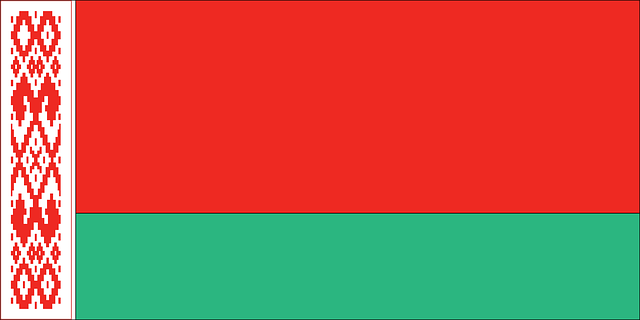Belarus has a different place in the geography of the world. There are many such things in this country that separate this country from other countries such as language, living style, dress, culture, religion, business. Let us know about some such unique facts related to the country of Belarus and important events related to history, knowing which your knowledge will increase.
Belarus Country Quick General Knowledge
| Country | Belarus |
| Capital | Minsk |
| Currency | Belarusian ruble |
| Continent | Europe |
| National Anthem of Country | My Belarusy, (We, the Belarusians) |
Read Also: Name of the country, their capital and currency List
The region, currently known as Belarus, was inhabited by Baltic tribes in the third century and the area was annexed by the Slavic people around the fifth century. This transfer was due in part to the lack of military coordination among the Baltic people, but the process of mixing the Baltic and Slavic cultures was peaceful.
The area known as modern-day Belarus became part of Kievian Russia, a large-sized Eastern Slavic kingdom in the 9th century AD. After the demise of the first Yarslav, this empire broke into many parts. In March 1990, elections to the Supreme Soviet, the highest legislative body of all units of the Soviet Union, took place.
Although the Belarusian Popular Front won only 10% of the seats in these elections, the party supporting the independence of Belarusian SSR, the public was satisfied with the selection of their representatives. Belarus declared its independence as the Belarusian Soviet Socialist Republic by a manifesto on 22 July 1990.
- Belarus is a land-locked country in the eastern part of Europe, officially called the Republic of Belarus.
- Belarus borders Russia to the north-east, Ukraine to the south, Poland to the west and Lithuania and Latvia to the northwest.
- Belarus gained independence from the Soviet Union on 27 July 1990.
- Its capital and most populous city is Minsk.
- Belarus has a parliamentary system as well as a system of constitutional monarchy.
- Belarus gained independence from the United Arab Emirates in 1752.
- The total area of Belarus is 207595 square kilometers (80155 square miles).
- About 40% of the territory of Belarus is forested.
- The official language of Belarus is Russian and Belarusian.
- The name of the currency of Belarus is the Belarusian Ruble.
- According to the World Bank, the total population of Belarus in 2016 was 95.1 million.
- The highest mountain in Belarus is Mount Dzyarzhynskaya, which has a height of 346 meters.
- The national animal of Belarus is the European bison, it is Europe's heaviest living wild land mammal.
- Belarus has a literacy rate of 99.6%, making it one of the most literate countries in the world.
- Belarus is the only European country still to be given capital punishment.
- 09 October 1708 - The great Northern War-Russia defeated Sweden in the battle of Lesnaya on the Russian-Polish border in the present Belarus.
- 14 February 1919 - The first serious armed conflict of the Polish–Soviet Wartook place near present-day Biaroza, Belarus.
- 30 July 1942 - The German army killed 25,000 Jews in Minsk, Belarus.
- 29 October 1942 - The Nazis killed 16 thousand Jews in Pinsk, Belarus.
- 22 March 1943 - World War II – The entire population of the village of Khatyn Inbelars was exterminated by Nazi German forces, with the participation of the northern Ukrainian and Belarusian collaborators.
- 29 October 1972 - The Nazis killed 16 thousand Jews in Belarus in Pinsk.
- 08 December 1991 - Leaders from Belarus, Russia and Ukraine signed Belvezhacards, agreed to dissolve the Soviet Union and establish the Commonwealth of independent states.
- 08 April 2006 - Lukashenko took the oath of Belarus for the third time.
- 13 October 2008 - The ban on Belarusian President Alexander Luakshhenko and 6 other administrators has been temporarily lifted by the European Union in an attempt to encourage democratic development in that country.
- 11 April 2011 - A bombings occurred at the Central Oktrabeskaya station of Minsk Metro in Belarus, killing 15 people and injured more than 200.
Belarus FAQs:
The capital of Belarus is Minsk.
The currency of Belarus is Belarusian ruble.
Belarus is the part of Europe continent.
The languages spoken in Belarus are Belorussian (White Russian), Russian, other.
The national anthem of Belarus is "My Belarusy, (We, the Belarusians)".

